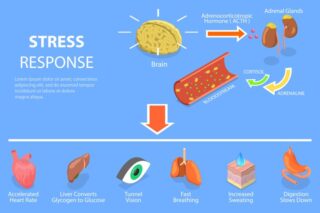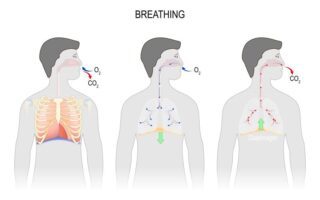These are three things everyone should know about exercising

The American Heart Association recommends at least 150 minutes of moderate-intensity aerobic exercise or 75 minutes of vigorous exercise per week (American Heart Association, n.d.) As we approach the new year, many Americans will set out to achieve their New Year’s resolution of getting healthier.
Many will buy gym memberships or exercise equipment for their home to begin their journey. If this applies to you, there are some things you should know before you get started. Here we will discuss the three things everyone should know about exercising.
- Not every exercise will work for everyone, though there is an exercise for everyone. Not all exercise needs to be intense and vigorous. In fact, if you are older or suffer from health issues that compromise your strength or stamina, strenuous exercise may do more harm than good. Exercises such as water aerobics, pilates, walking, and chair yoga are beneficial for seniors, disabled people, obese people, and more, as they are often gentler on the body and can be modified to suit specific needs. A simple Google or YouTube search can reveal thousands of workout routines for any goal (core strength, flexibility, balance, etc.) and for any accommodation (bad joints, decreased mobility, etc.). Just make sure to talk to your doctor before adding any new exercise to your routine.
- Warming up and cooling down is important to reduce stress on the body and prevent injury. Warming up increases the blood flow to the muscles, which increases oxygen, allows for greater flexibility, and prevents muscle injury. Effective warm ups can vary depending on the exercise being performed and the person who is exercising, but some general methods of warming up include stretching, walking, and yoga. Cooling down allows your heart and other muscles time to slow down and recover following an exercise. As with warm ups, effective methods of cooling down can differ. In general, the same methods for warming up can often be used to cool down.
- Your heart rate can be monitored to assess the quality of your workout. “’Your target heart rate is a range of numbers that reflects how fast your heart should be beating when you exercise’, says Johns Hopkins cardiologist Michael Blaha, M.D., M.P.H.” (Understanding Your Target Heart Rate, n.d.). To find your target heart rate, you first need to find your maximum heart rate. This can be done by subtracting your age by 220. Your target heart rate should be 50-85% of your maximum heart rate. For example, if you are 60, your maximum heart rate is 160 bpm, and your target heart rate is 80-136 bpm. Though this is a general rule, target heart rates may vary depending on other factors. As always, talk to your doctor before exercising to discuss your specific target.

This article reviewed by Ms. Deb Dooley.
There’s nothing more important than our good health – that’s our principal capital asset.
#medical #telehealth #excercise #umedoc








